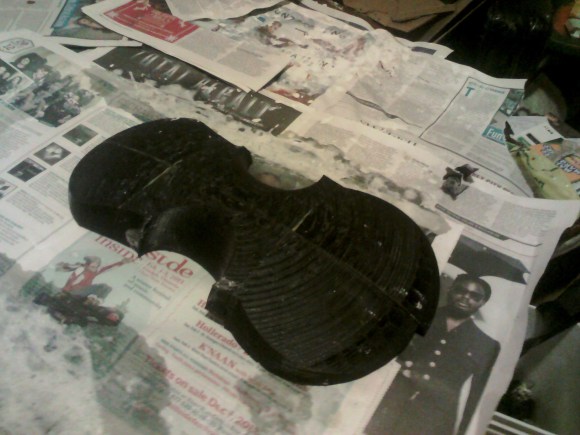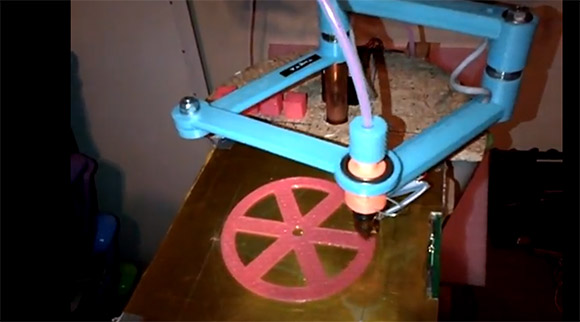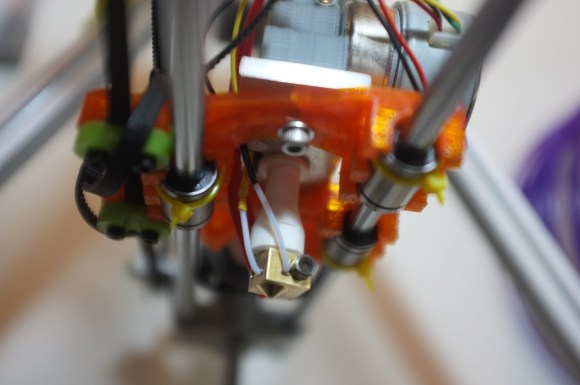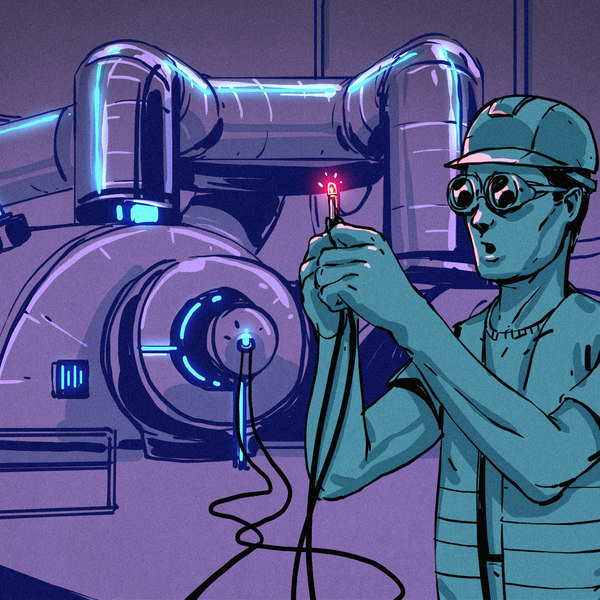
A 2:1 gear reduction slows down a spinning shaft to half speed and doubles the torque. Repeat this a few times, and you’ve got a ludicrous amount of torque moving too slowly to see with even precision instruments. That’s the idea behind [Jeshua]’s project, a Printed Machine partially embedded in a block of concrete.
[Jeshua]’s build is a replica of one of [Arthur Ganson]’s kinetic sculptures. [Ganson]’s machine uses 50 sets of gears to reduce the rotation of 200 RPM motor more that 200 quintillion times. The final gear in the sculpture is embedded in a block of concrete, waiting to be freed by either erosion of the concrete block or the sun going nova.
Instead of metal gears, [Jeshua] used 3D printed gears in PLA. After assembling them on a stand, he cast concrete around the final, barely moving gear. It’s an impressively useless build that will turn to dust before the final gear makes even 1/10th of a revolution. This machine could have a longer life if it were printed with ABS instead of PLA, but with the time scales we’re talking about here it won’t make much difference.

















